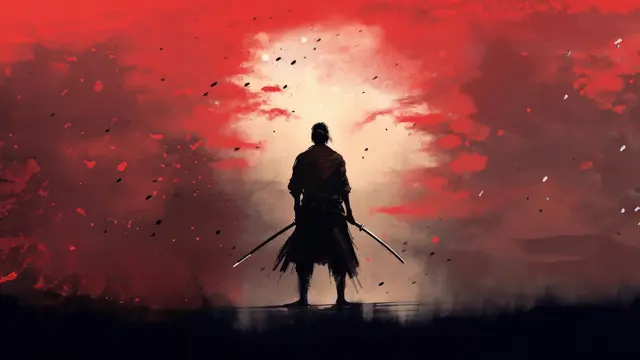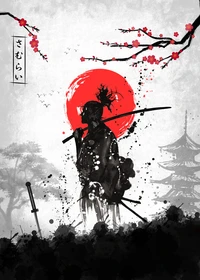Surviving the scorching days

It’s been so hot lately, and the heat has been unbearable. To make matters worse, my fan is currently undergoing repairs, leaving me with no other choice but to sleep shirtless to avoid the discomfort. The nights have been a struggle, and I find myself wishing for any form of relief from this heatwave.
Even at the barbershop yesterday, the weather’s intensity was obvious. The barber, despite having a big OX fan circling him every few seconds, was shirtless, trying to stay cool. It made me realize that everyone is battling this heat in their own way.
Thankfully, nature finally showed some mercy when it rained in the evening. The cool breeze and the soothing petrichor that filled the air were a blessing. I decided to take an evening walk to enjoy the refreshing change, letting the coolness seep into my skin and clear my head.
To end the day on a good note, I stopped by a shop to grab some sour candies and a chilled soft drink. With my small treat in hand, I headed back to my residence, grateful for the brief break from the relentless heat.
Even at the barbershop yesterday, the weather’s intensity was obvious. The barber, despite having a big OX fan circling him every few seconds, was shirtless, trying to stay cool. It made me realize that everyone is battling this heat in their own way.
Thankfully, nature finally showed some mercy when it rained in the evening. The cool breeze and the soothing petrichor that filled the air were a blessing. I decided to take an evening walk to enjoy the refreshing change, letting the coolness seep into my skin and clear my head.
To end the day on a good note, I stopped by a shop to grab some sour candies and a chilled soft drink. With my small treat in hand, I headed back to my residence, grateful for the brief break from the relentless heat.





